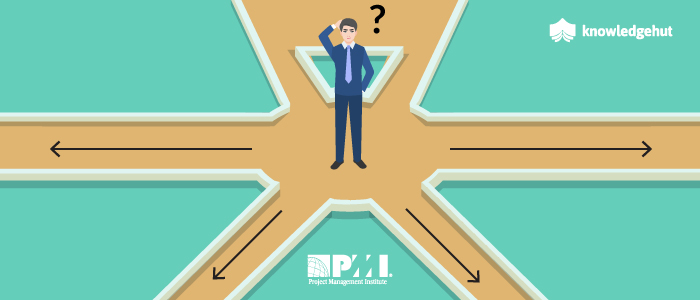6 Tips for Teachers on Social Media
1. Be Brave - It takes courage and vulnerability to step out and use social media. Many people post things about themselves, what they like/dislike, and what they are experiencing on any given day. That is bravery and vulnerability.
2. Be Smart and Cautious - Yes, many may be frightened by the stories we all hear from time to time about people getting fired or discriminated by what they post. Even I, at one point, was getting a little nervous about that. We must continue to move forward with courage and just be cautious about what we post. We must be consciously thinking about if we would mind having our posts brought before a crowd or have someone we look up to read it. Would you be embarrassed?? Ashamed??
3. Two Accounts or One? - There is a debate about whether or not educators should have one personal social media account or two: personal and professional. I personally like to keep my personal life separate from my professional. Therefore, it might be wise for me to create a separate one just for teaching. The thing is, there are many tools available to use without having to set up a separate social media account that still allows parents, students, and staff to see what is happening in your classroom. For example, ClassDojo has a news feed just for posting reminders and pictures of student work, and classroom activities. I like the idea of using Facebook or Twitter professionally, but on personal time. What I mean is to use these social media sights to connect with other educators across the word who have blogs, websites, Teachers Pay Teachers accounts, etc. to build up my idea/resource collection for my classroom. I wouldn't connect with colleagues through these sources, but mainly those I don't personally know, but can learn from. For some, they may want to use a separate professional Facebook or Twitter account that connects their professional resources, both at school and worldwide, in the same place. That works too!!
4. Stay Focused on Your Specialties - Speak to those things that you know best: your grade level students, your school, your educational degree, your specialized programs, etc. Connect with others who you have these things in common with. Broaden your networks of collaboration to enhance your teaching skills and classroom learning.
5. Know Your Boundaries - As with any relationship, you MUST have a predetermined mindset of where your boundaries are and have a plan to enforce it. How far will you let things go with a student or parent? How close will you let your colleagues get to you personally? Setting up boundaries, so you stay protected as a professional is vital to your success.
6. Build Your Professional Learning Network (PLN) - A great way to quickly grow your PLN is through social media. Connecting with other educators online or through other local networks available at school allows teachers to develop a broader spectrum of ideas, resources, and encouragement through those new or more seasoned in the profession. We all have fresh ideas to share, so why not get out there and get connected with others who may benefit.
My Thoughts!
This article opened my eyes to a couple of new things. First, staying focused on my areas of specialty is so important and the most valuable for me. I love teaching all elementary grade levels, so I like to learn about things beyond my grade level. Yes, this may have its benefits, but may also be a time-waster, if I really need to seek out what is best for my students and classroom. There is the option to modify things learned from other educators, but I do think it is important to connect more so with those of my grade level. It is quite a bit easier just to take their ideas and use them immediately than to think about modification and create new resources to assess the objective. Secondly, I love the idea of using social media to build my PLN. Whether it is through a separate social media account or adding it to my personal one (to an extent), this is a great way to connect with other educators who can spark some new ideas and resources to improve my current wave of success in the classroom.
Find the complete article here:
















